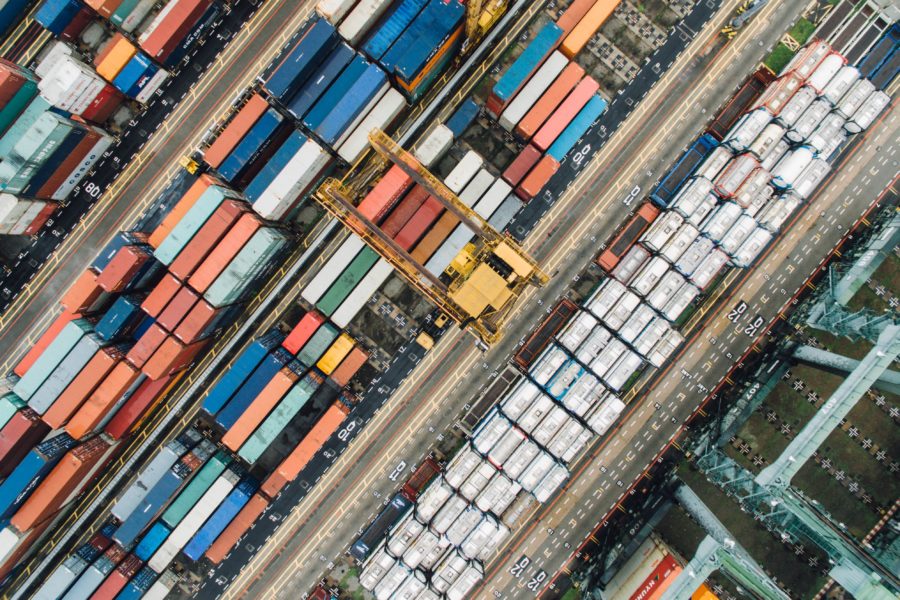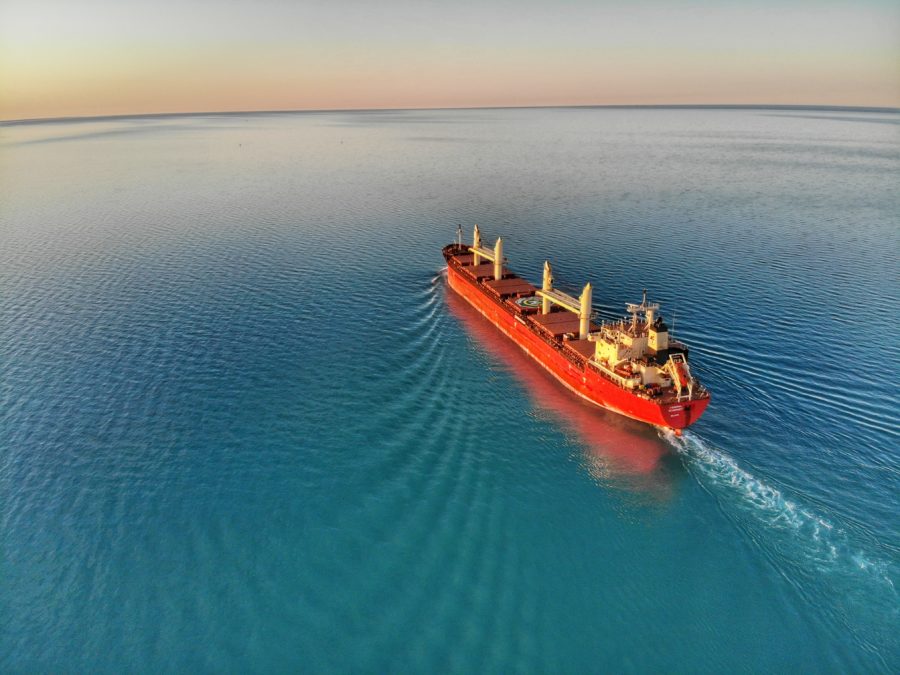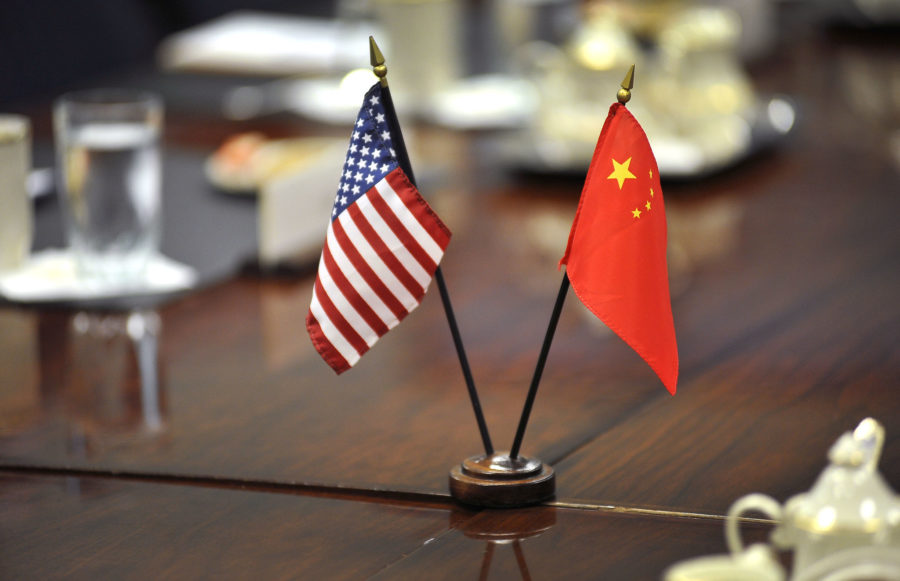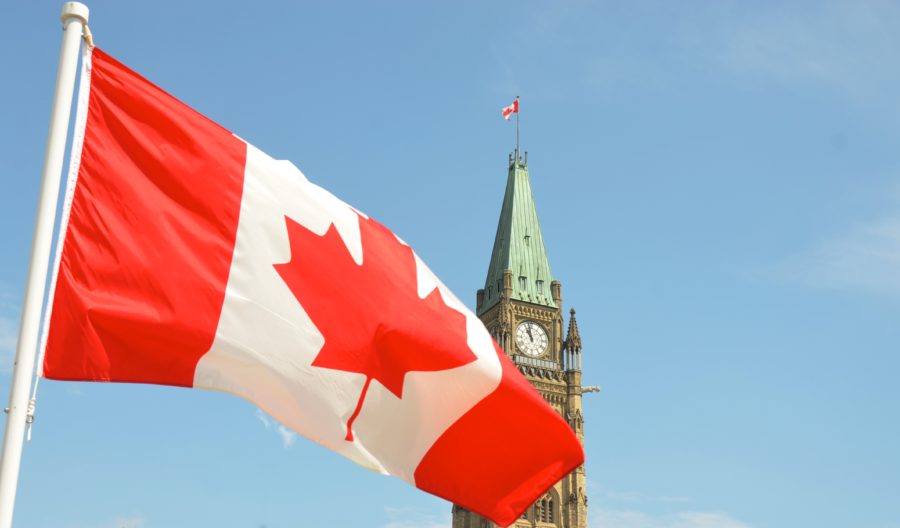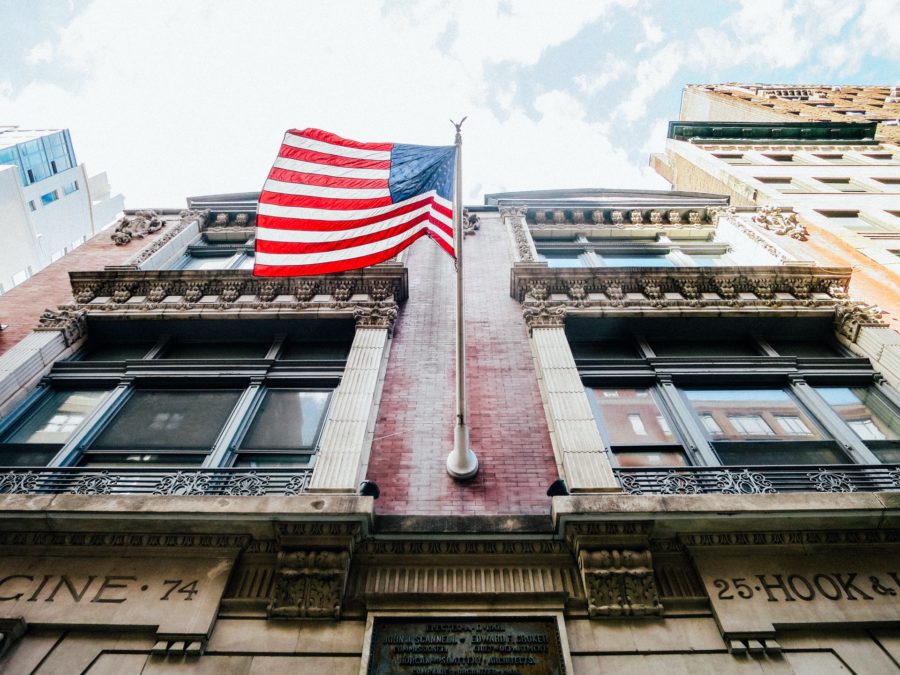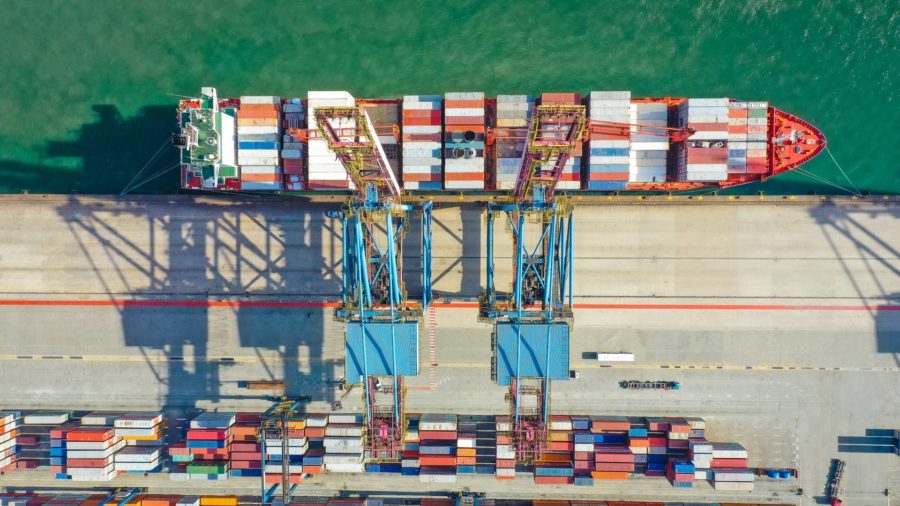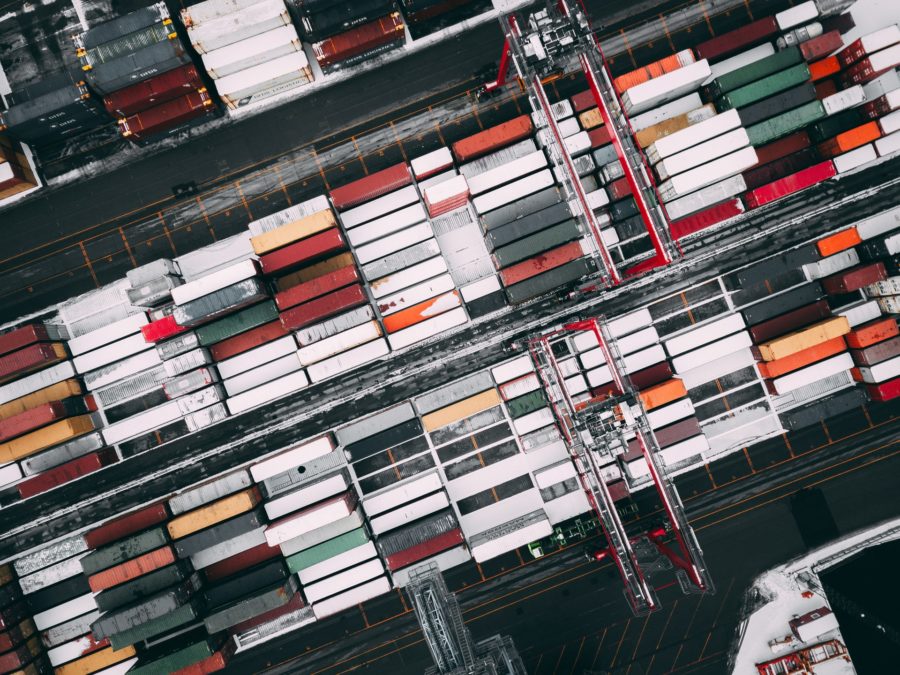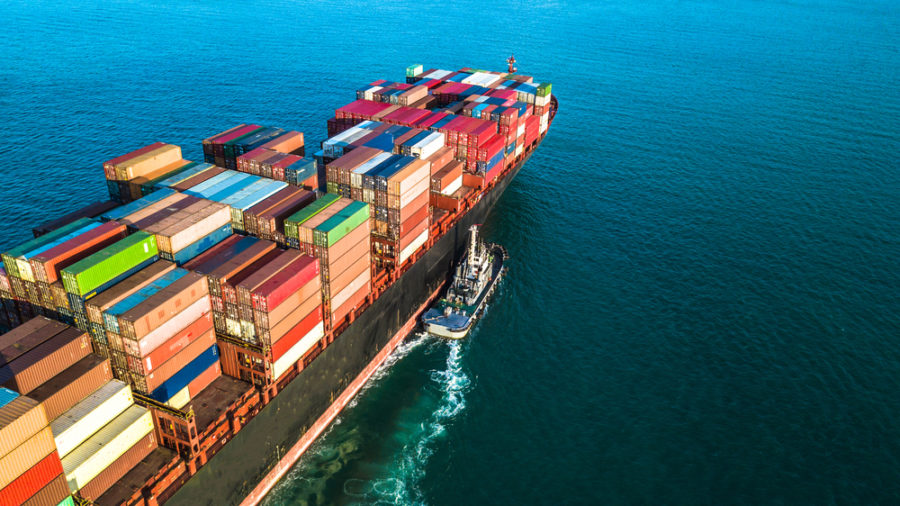August 18, 2021
Canada To Push Back Against Biden’s Buy American Pledge
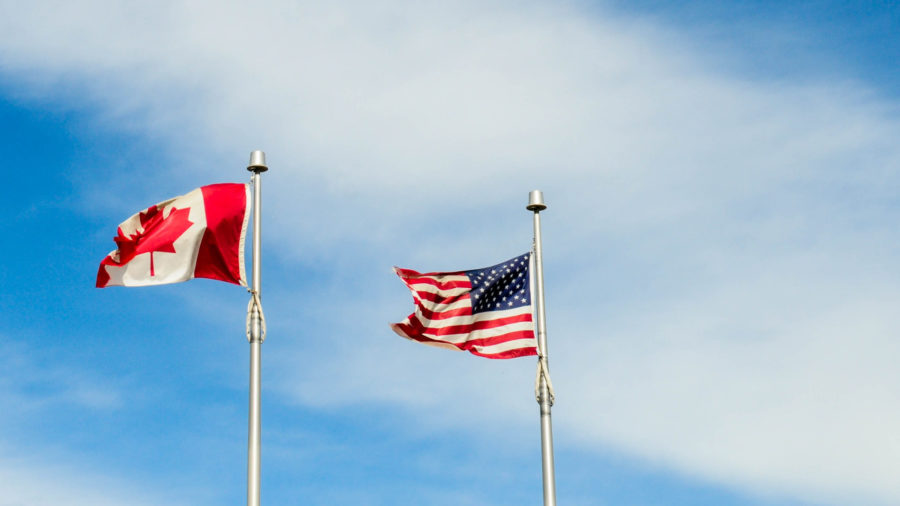
The minister responsible for international trade says Canada is well-positioned and ready to push back against a proposed massive new infrastructure bill that strengthens U.S. President Joe Biden’s Buy American pledge.
The U.S. Senate on Monday began debating the $1 trillion USD spending plan, which promises historic investments in everything from the nation’s railways to its electricity grid and high-speed internet network.
But in a worrying development for Ottawa and Canadian companies, the 2,702 page bill would also strengthen laws that call for U.S. tax dollars and government contracts to be spent on American companies as much as possible.
“My pitch to them is that you don’t have a better partner than Canada and that we are on this shared mission in economic recovery together,” said International Trade Minister Mary Ng on CBC’s Power & Politics today.
Ng said work is well underway “to demonstrate how interconnected our supply chains are and how important Canada is” to the U.S. as the Senate begins to debate the bill.
Prime Minister Justin Trudeau also raised concerns with the infrastructure bill during a call with Biden on Monday.
Right now, the bill — which is likely to be amended — says that “taxpayers expect that their public works infrastructure will be produced in the United States by American workers.”
Since taking office earlier this year, Biden has said repeatedly that investments in U.S. companies will ensure a strong recovery from the pandemic and position the U.S. to fend off China and its more quickly growing economy.
A 2019 U.S. government report stated that of the $290 billion in contracts the U.S. government issued in 2015, Canadian firms got contracts worth about $674 million.
(Source: CBC News)
